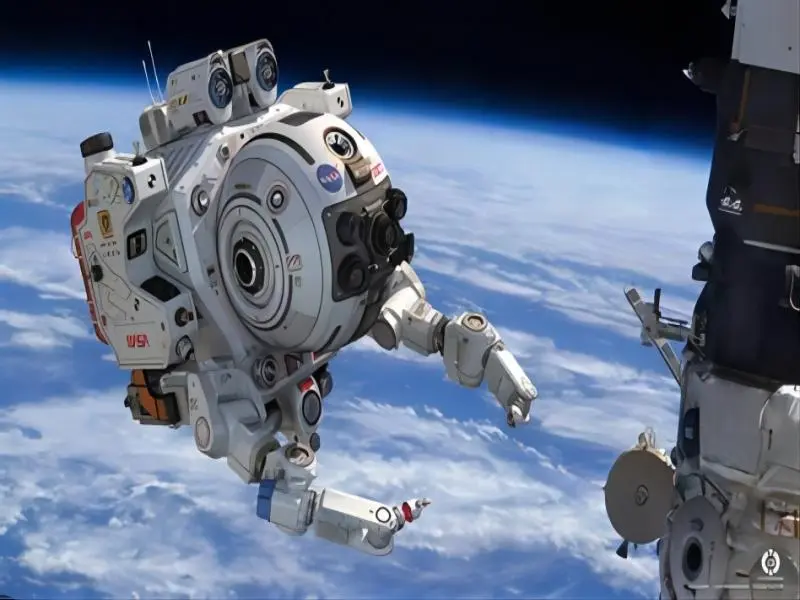- Space exploration is about discovering and exploring celestial structures in outer space using space technology.
- Space exploration directly impacts humanity and science. Studying the cosmos gives us an important perspective shift.
- And compared with humans, robots are more cost-effective, efficient and reduce risk. Additionally, scientific discoveries, building large structures, and the space-borne technologies that we rely on every day can be done more cheaply and effectively by robots, with no risk to human lives.
Humans have always looked at the heavens and wondered about the nature of the objects seen in the night sky. With the development of rockets and the advances in electronics and other technologies in the 20th century, it became possible to send machines and animals and then people above Earth’s atmosphere into outer space. Well before technology made these achievements possible, however, space exploration had already captured the minds of many people, not only aircraft pilots and scientists but also writers and artists.
Space exploration, investigation, employing crewed and uncrewed spacecraft, of the reaches of the universe beyond Earth’s atmosphere and the use of the information so gained to increase knowledge of the cosmos and benefit humanity. A complete list of all crewed spaceflights, with details on each mission’s accomplishments and crew, is available in the section Chronology of crewed spaceflights.
Why should we explore space?
Benefits to humanity
Space exploration unites the world to inspire the next generation, make ground-breaking discoveries, and create new opportunities. For example, the International Space Station is an unprecedented achievement in global human endeavours to conceive, plan, build, operate, and utilise a research platform in space.
Technologies and missions we develop for human spaceflight have thousands of applications on Earth, boosting the economy, creating new career paths, and advancing everyday technologies all around us.
Also read: AI: The opportunities and the threats
Benefits to science
The pursuit of discovery drives us to develop missions that teach us about Earth, the solar system, and the universe around us.
Science at NASA answers questions as practical as hurricane formation, as enticing as the prospect of lunar resources, as surprising as behaviour in weightlessness, and as profound as the origin of the Universe. For example, Artemis Science is a new era of deep space scientific discovery. The Moon’s surface holds a legacy of information from over 4 billion years worth of processes that were simultaneously affecting our home planet. Understanding how cosmic rays, space weather, and impacts from small bodies affected the Moon gives us key information about Earth’s history as well.
Also read: Who is Marissa Mayer? The Sunshine CEO was Google’s first female engineer before focusing on AI
Human vs robot
Cost-effective
Robots are generally less expensive than human beings. The average cost of sending a robot to space is approximately $2.5 million, while the cost of sending a human being to space is approximately $20 million. Additionally, robots do not need to be provided with life support and other essentials required to sustain human life in space, which saves significant amounts of money.
Risk mitigation
Space exploration is a risky endeavour, and robots can significantly reduce the risks involved. With robots, there is no need for human astronauts to be exposed to radiation, which can cause a wide range of health problems. Additionally, robots can operate in hazardous environments that are dangerous for human beings, such as high-pressure environments, extreme temperatures, and high levels of radiation.
Efficiency
Robots are capable of operating for extended periods without the need for rest, making them more efficient than human beings. Moreover, robots can operate in areas that are difficult for human beings, such as underground, underwater or in space.
It will not be commonplace for humans to travel into space for at least 20 years. Out of 135 launches, there were two space shuttle crashes. The fact that civilians receiving public funding were at this nearly 2% risk of dying infuriated the American people. However, adventurers with private funding will gladly accept these odds; some have even offered to go to Mars for a single trip. We will all applaud these courageous pioneers while acknowledging that robots can perform scientific research, large-scale construction, and the space-borne technologies we depend on daily more efficiently and affordably without endangering human lives.

